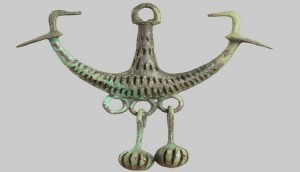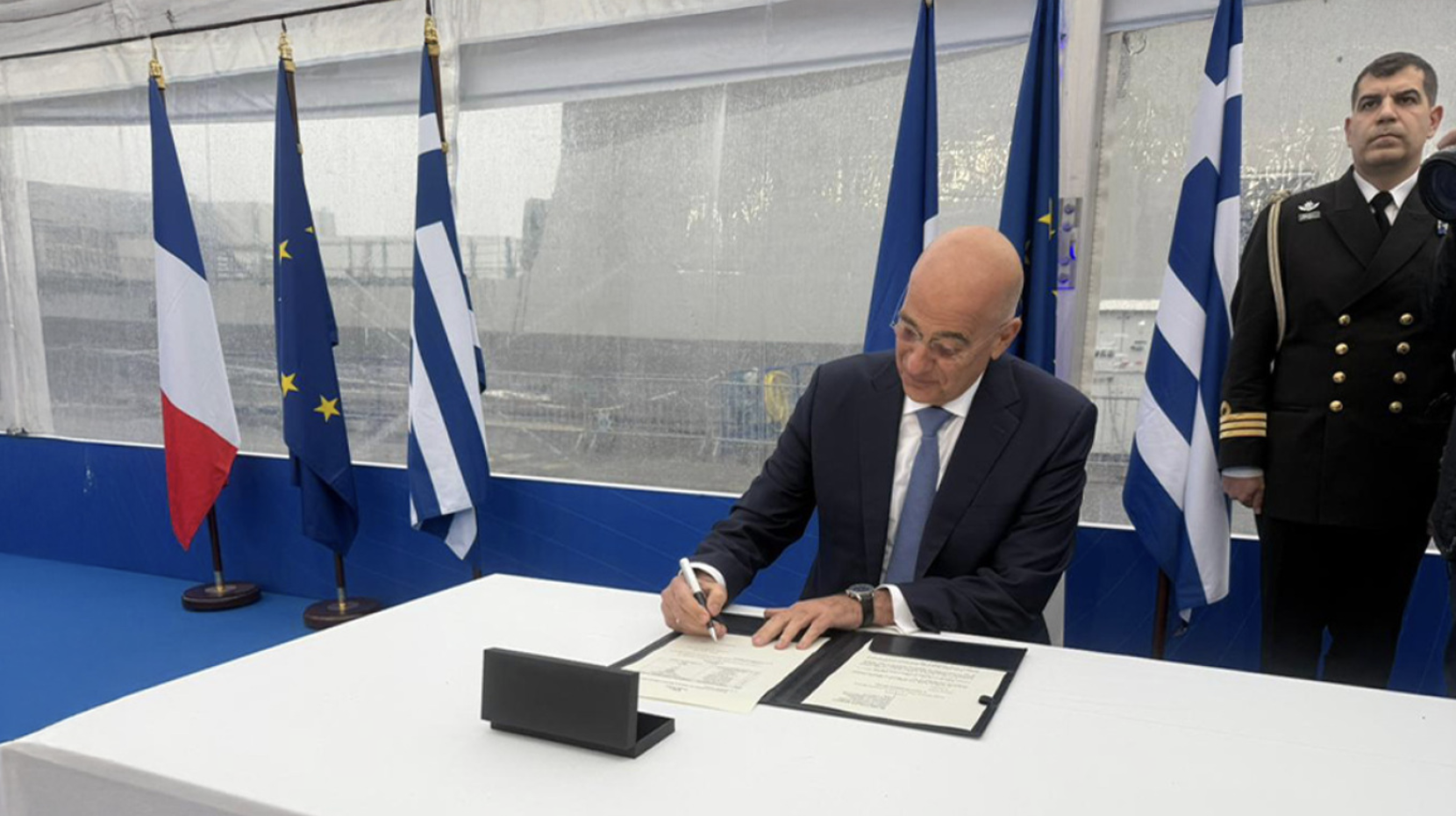It is something of a running joke that you can’t dig anywhere in Greece without stumbling across some relic of the country’s ancient past. Wartime is apparently no exception to this rule, as an exhibition dedicated to the sites and artifacts discovered by Allied forces during the trench warfare of World War I intends to demonstrate.
Entitled “Archaeology in a time of war”, the exhibition is being planned and organized by the Kilkis Antiquities Ephorate as its contribution to regional events marking the first centennial since the end of WWI and explores the finds made while digging the defensive trenches and the later archaeological digs that these inspired.
During their labours, the trench diggers in Polykastro, Axioupolis, Axiochori, Limnotopos and Pontoiraklia in Kilkis found the remains of ancient settlements and cemeteries dating from the early Iron Age (10th-7th century B.C.) right up to the Archaic era (6th century B.C.).
The finds on display include gold and copper jewelry from the graves of women, as well as ancient swords and spears buried with prehistoric warriors, discovered by their 20th century counterparts in their efforts to create earthworks to protect themselves against powerful artillery.
After the war ended in 1918 and until 1925, many archaeologists from Britain and France that had served with the Entente forces in northern Greece returned to carry out excavations that would later cause 20th-century warfare to become identified with archaeology.
The head of the Kilkis Antiquities Ephorate Georgia Stratouli told the Athens-Macedonian News Agency (ANA) that the exhibition will feature both ancient artifacts held at the Kilkis Archaeological Museum – and other museums – as well as audiovisual material dating back to WWI and small artifacts used by the early 20th-century soldiers.
“We will work with the Thessaloniki Archaeological Museum to enrich the exhibition with some artifacts currently in its storerooms. We will also seek the assistance of the British and French schools of archaeology in order to secure the visual material,” she said. In addition to these, she added, the exhibition organizers will enhance the exhibition with sound effects and visual effects, as well as dioramas.
The ultimate aim, she said, was for the exhibition to eventually travel to Athens and other areas of Greece, possibly even abroad.
Source: thegreekobserver
Ask me anything
Explore related questions





